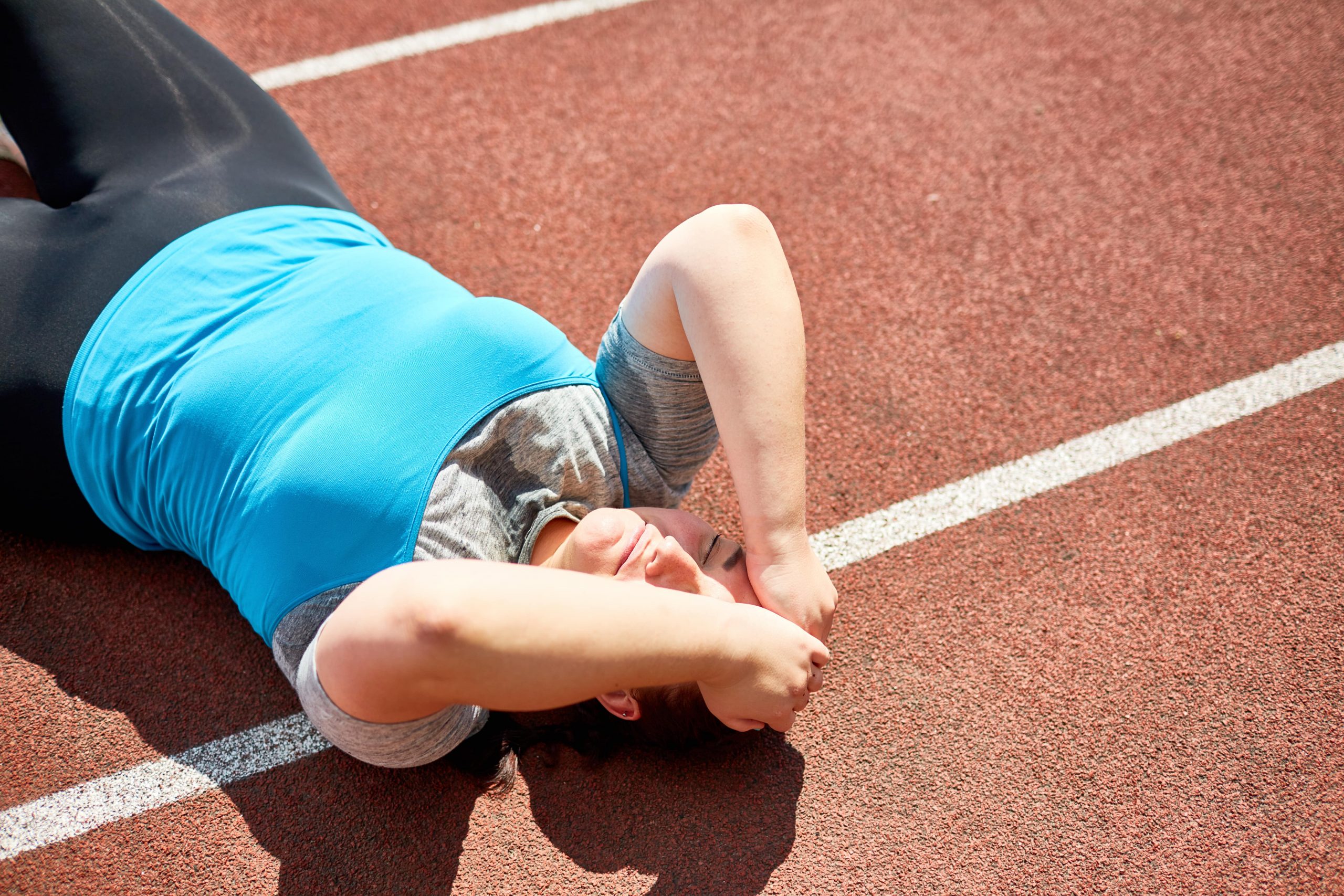
Heat stroke is a severe and potentially life-threatening condition that occurs when the body’s temperature control system malfunctions. It can affect anyone exposed to excessive heat for an extended period of time, including infants and young children as well as elderly individuals and those with health conditions that impair their capacity for self-regulation of body temperature.
Exertional heat stroke can strike even if you have experienced mild heat-related illnesses in the past, such as heat exhaustion or syncope (fainting). Exertional heat stroke occurs when someone engages in strenuous physical activity outdoors for an extended period of time in hot conditions. It’s common among athletes but also military personnel and outdoor laborers.
Heat stroke symptoms may manifest rapidly over the course of 10 to 15 minutes, or slowly over several hours or days following an episode of intense heat exposure. If symptoms don’t improve within the first couple of hours after exposure, seek immediate medical assistance for assistance.
The most effective way to protect against heat stroke is prevention. Wear lightweight, loose-fitting clothing and stay hydrated to minimize sweating. Furthermore, stay out of the sun as much as possible by wearing a wide-brimmed hat with attached sunscreen.
Keep an eye on your loved ones and watch for signs of heat exhaustion or heat stroke. If you notice pale skin, dizziness or weakness in someone, take them indoors immediately.
If someone is unconscious or incoherent, call 911 and provide first aid until paramedics arrive. You may need to provide oxygen, apply ice packs or immerse them in cool water for comfort.
At the emergency department, healthcare providers will assess your symptoms and conduct a physical exam. They may order blood tests or urinalysis tests if necessary. If severe heat stroke symptoms occur, medication may be administered to lower core body temperature and restrict fluid intake.
People can also receive treatment in the comfort of their own home with an ice pack and fan or air conditioning. The evaporative cooling process of blowing cool air across the body helps lower body temperatures.
To prevent heat stroke, make sure your loved ones get at least two visits a day and watch closely for signs of heat exhaustion or heatstroke. It is especially essential that infants and young children be visited frequently since they are more vulnerable to developing these conditions.
After being exposed to extreme heat, it’s essential to monitor them carefully for several days. It may take the body a few weeks to adjust back to normal temperature levels after such a prolonged period.
During this recovery period, your doctor will monitor kidney and liver function as well as take regular checks of body temperature to make sure it has adjusted to its new environment and prevent another heat stroke from happening.
Your doctor may suggest taking a break from strenuous exercise and hot weather. They may also advise against drinking alcohol or caffeine-containing beverages as these can increase the risk of dehydration and heatstroke.
